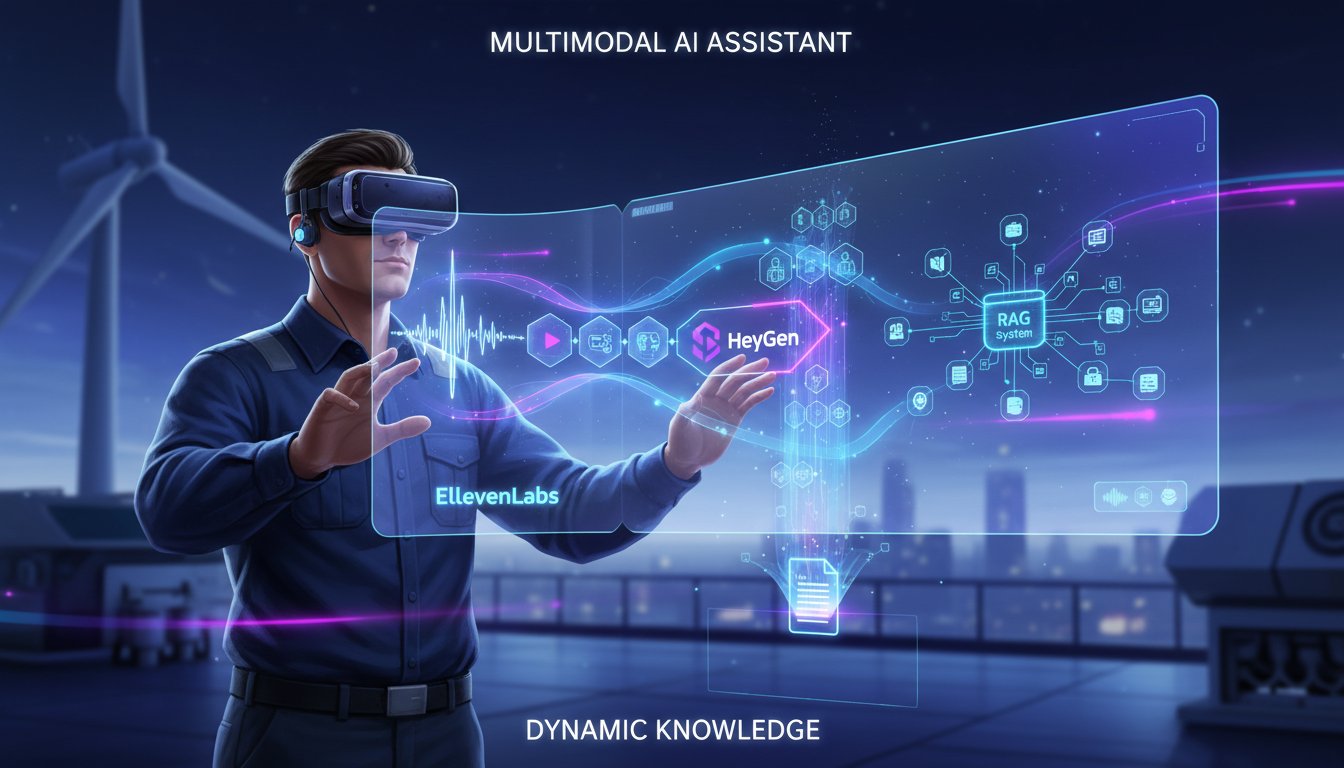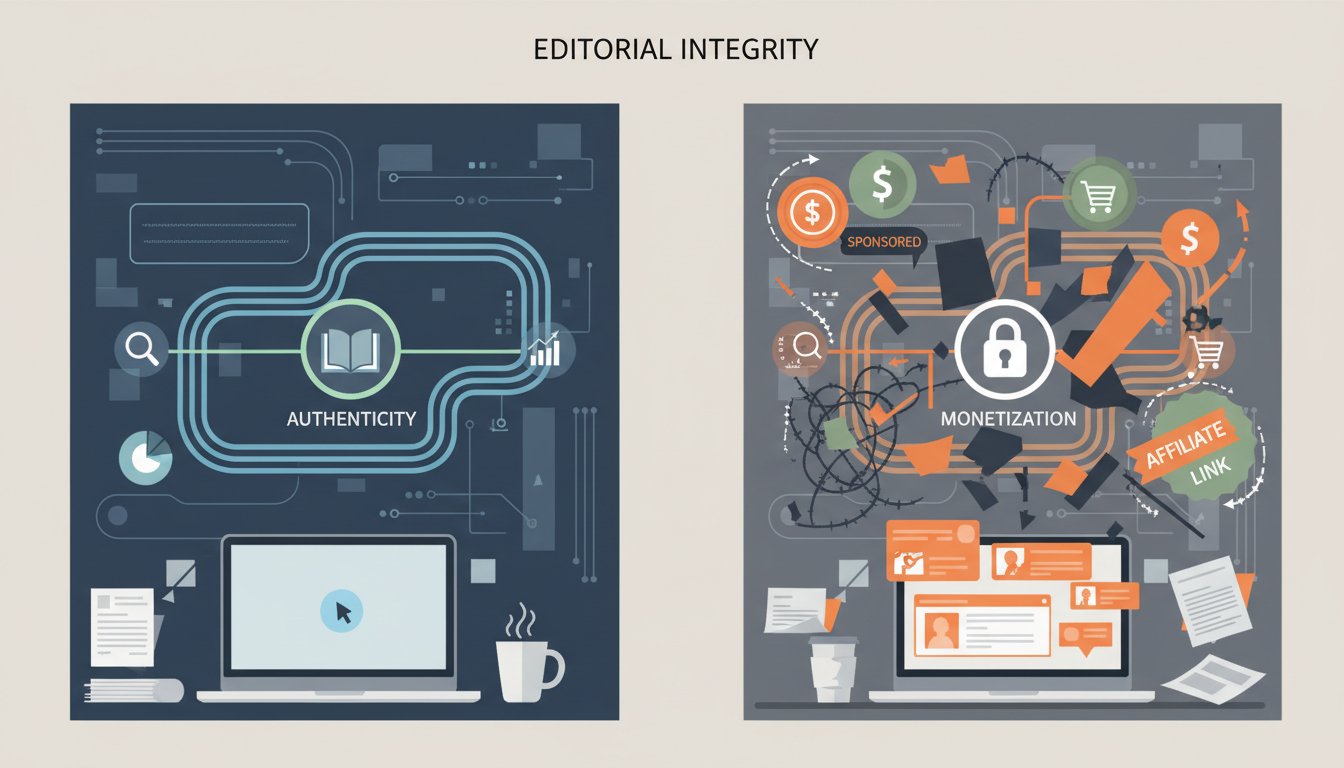Everyone says RAG is complex—but I 100% disagree. Here’s why
Introduction
In the fast-evolving world of AI, Retrieval-Augmented Generation (RAG) is often painted as a complex and daunting technology. Many believe that implementing RAG requires a deep understanding of intricate algorithms and extensive coding expertise. But what if this perception is wrong? What if RAG is more accessible and straightforward than you think?
I’m here to challenge this common misconception. While RAG indeed involves several components, it doesn’t necessarily demand a PhD in AI to get started. The key lies in understanding the fundamental principles and leveraging the right tools and techniques. In this blog post, I’ll break down the perceived complexities of RAG, offering a practical perspective on how to simplify its implementation and harness its power.
We’ll explore how RAG works, debunk common myths, and provide actionable strategies for making RAG more approachable. By the end of this post, you’ll see that RAG isn’t an unattainable peak but a climbable hill with the right gear and guidance. Let’s dive in and simplify RAG together.
Debunking the Complexity Myth
What is RAG, really?
At its core, RAG is a simple yet powerful framework. It combines the strengths of information retrieval and generative models to enhance the accuracy and relevance of AI-generated content. According to AWS, RAG optimizes Large Language Model (LLM) output by referencing an authoritative knowledge base outside its training data sources. This means RAG models can provide more accurate and up-to-date information by pulling from a real-time, curated database.
The process involves:
- Retrieval: Fetching relevant information from a knowledge base in response to a user query.
- Augmentation: Combining the retrieved information with the original prompt.
- Generation: Using the augmented prompt to generate a more informed and contextually relevant response.
Why the Complexity Perception?
So, if RAG is fundamentally straightforward, why is it often seen as complex? Here are a few reasons:
- Technical Jargon: The AI field is filled with acronyms and technical terms that can be overwhelming for newcomers. Terms like vector embeddings, transformer networks, and knowledge graphs can sound intimidating.
- Component Integration: Implementing RAG involves integrating multiple components, such as retrieval systems, language models, and data pipelines. Coordinating these elements can seem like a complex engineering challenge.
- Performance Tuning: Achieving optimal performance with RAG requires fine-tuning various parameters and algorithms. This optimization process can be time-consuming and require experimentation.
The Reality: RAG Can Be Simple
Despite these challenges, RAG can be simplified by:
- Using Managed Services: Cloud platforms like AWS offer managed RAG services that abstract away much of the underlying complexity. These services provide pre-built components and automated workflows, making it easier to deploy and manage RAG applications.
- Leveraging Open-Source Tools: Numerous open-source libraries and frameworks, such as LangChain and Haystack, provide high-level APIs and abstractions for building RAG pipelines. These tools simplify the development process and reduce the amount of code you need to write.
- Starting Small: You don’t need to build a complex RAG system from the outset. Start with a simple prototype and gradually add more features as you gain experience. This iterative approach allows you to learn and adapt as you go.
Simplifying RAG Implementation: Practical Steps
Step 1: Define Your Use Case
The first step in simplifying RAG is to clearly define your use case. What problem are you trying to solve? What type of information do you need to retrieve? What kind of responses do you want to generate?
By focusing on a specific use case, you can narrow the scope of your RAG implementation and avoid unnecessary complexity. For example, if you’re building a RAG system for customer support, you might focus on retrieving information from a knowledge base of frequently asked questions and product documentation.
Step 2: Choose the Right Tools
Selecting the right tools is crucial for simplifying RAG implementation. Here are a few options to consider:
- Vector Databases: Vector databases like Pinecone and Milvus are designed for storing and querying vector embeddings, which are numerical representations of text and other data. These databases allow you to efficiently retrieve relevant information based on semantic similarity.
- Language Models: Choose a language model that is appropriate for your use case. For many applications, smaller, more efficient models like DistilBERT or RoBERTa can provide excellent performance with lower computational costs. NVIDIA’s blog highlights the importance of using RAG to enhance the accuracy of generative AI models, so consider models optimized for RAG.
- Orchestration Frameworks: Frameworks like LangChain and Haystack provide high-level APIs for building RAG pipelines. These tools handle much of the complexity of integrating different components, such as retrieval systems, language models, and data pipelines.
Step 3: Optimize Your Knowledge Base
The quality of your RAG system depends heavily on the quality of your knowledge base. Ensure that your knowledge base is well-organized, up-to-date, and relevant to your use case. Some tips include:
- Data Cleaning: Remove irrelevant or outdated information from your knowledge base.
- Indexing: Create indexes to speed up the retrieval process. Consider using techniques like keyword indexing or semantic indexing.
- Chunking: Break your knowledge base into smaller chunks to improve retrieval accuracy. Experiment with different chunking strategies to find the optimal size for your use case.
Step 4: Iterate and Refine
Implementing RAG is an iterative process. Start with a simple prototype and gradually add more features as you gain experience. Continuously monitor the performance of your RAG system and make adjustments as needed.
- Evaluation Metrics: Track metrics like retrieval accuracy, response relevance, and user satisfaction.
- A/B Testing: Experiment with different configurations and algorithms to optimize performance.
- User Feedback: Collect feedback from users to identify areas for improvement.
The Future of RAG: Simplicity and Accessibility
As RAG technology matures, it is becoming increasingly accessible to developers and organizations of all sizes. Advancements in managed services, open-source tools, and automated workflows are simplifying the implementation process and reducing the barriers to entry. Signity Solutions notes that RAG is advancing AI with real-time retrieval, hybrid search, and multimodal capabilities.
In the future, we can expect to see even more user-friendly RAG platforms and tools that abstract away the underlying complexity. This will enable a broader range of users to leverage the power of RAG for various applications, from customer support and content creation to research and development.
Conclusion
RAG is often perceived as a complex technology, but this perception is not entirely accurate. By understanding the fundamental principles, leveraging the right tools, and following a step-by-step approach, you can simplify RAG implementation and unlock its full potential.
We’ve debunked common myths, offered practical steps, and highlighted the evolving landscape of RAG. The future of RAG lies in simplicity and accessibility, making it easier for everyone to harness its power.
Ready to simplify your RAG implementation? Explore managed services and open-source tools, and start building your RAG system today. Don’t let the complexity myth hold you back – RAG is more accessible than you think.
Call to Action
Ready to dive deeper into RAG? Check out our comprehensive guide on building RAG systems with LangChain and start simplifying your AI journey today!




